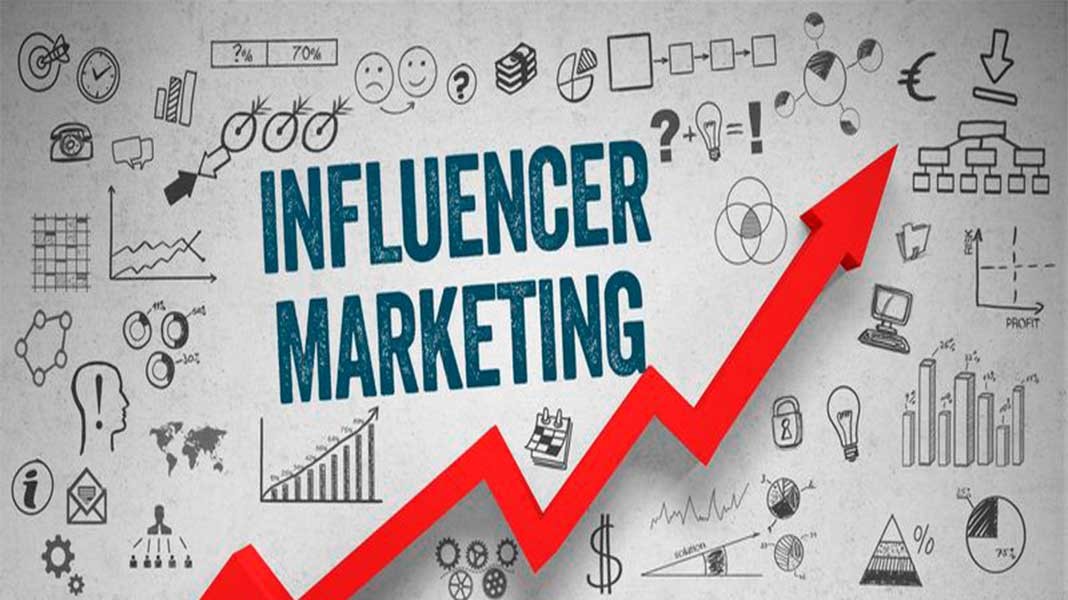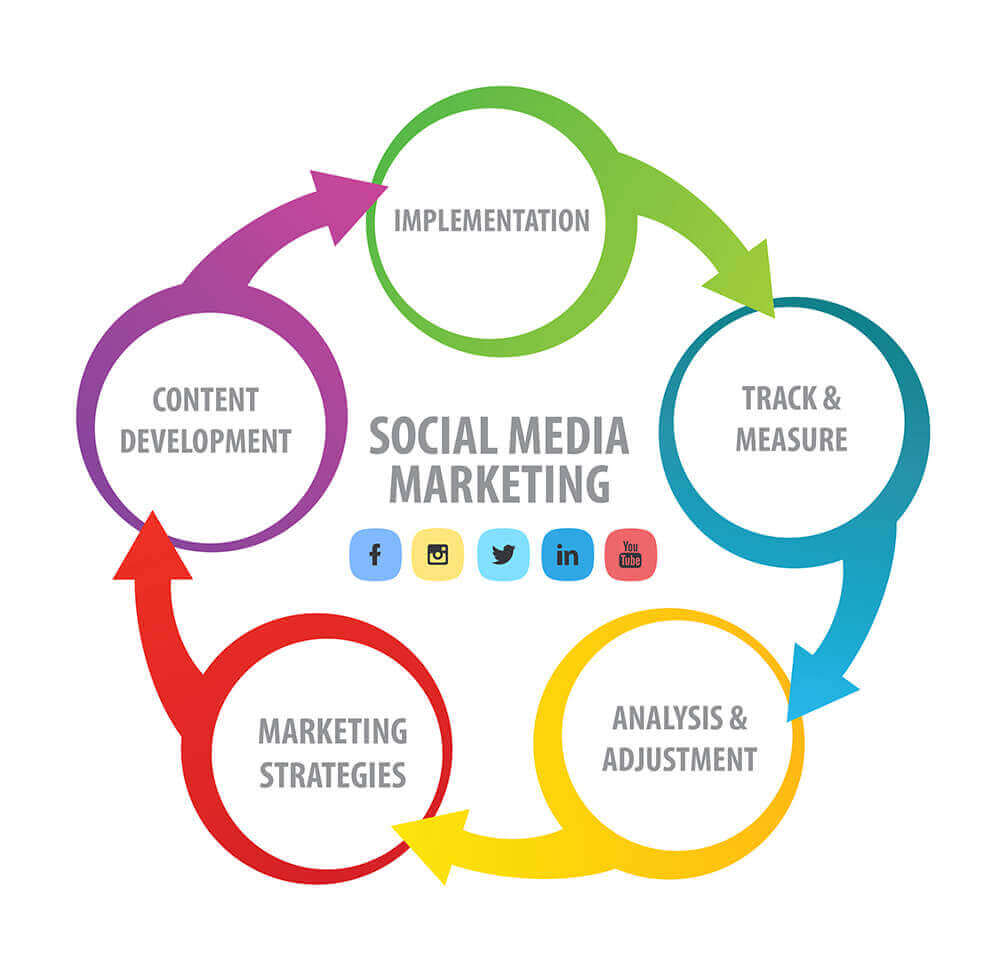How to Measure ROI in Influencer Marketing
In today’s digital world, influencer marketing is no longer just a buzzword—it’s a full-fledged strategy used by brands of all sizes. But while it can boost visibility, engagement, and even sales, one key question remains: Is it worth the investment? That’s where measuring ROI (Return on Investment) becomes crucial.
Knowing how to track the success of your influencer campaigns helps you make smarter marketing decisions and ensures your budget isn’t going down the drain. Let’s break down how to accurately measure ROI in influencer marketing.
1. Define Clear Campaign Goals
Before you can measure ROI, you need to define what success looks like. This depends on your campaign objectives. Are you aiming for:
- Brand awareness?
- Website traffic?
- Lead generation?
- Sales or conversions?
- Engagement?
Each goal has its own metrics. For example, if your goal is awareness, you’ll focus on reach and impressions. If it’s sales, you’ll look at conversions and revenue.
2. Trackable Links and Promo Codes
One of the easiest ways to measure ROI is by using unique tracking URLs or promo codes for each influencer. These tools let you see exactly how many people clicked or purchased based on that influencer’s content.
- UTM parameters (via tools like Google Analytics) let you track where traffic comes from.
- Promo codes help track how many sales came directly through the influencer.
With these, you can attribute results clearly, making your ROI calculation more accurate.
3. Engagement Metrics
Even if your campaign isn’t sales-focused, you still want to understand how people are reacting. Here are some valuable engagement metrics to track:
- Likes, comments, and shares
- Saves and Story interactions
- Follower growth during the campaign period
- Mentions and tags
High engagement can signal that your target audience is genuinely interested, which boosts brand visibility and trust.
4. Website Analytics
If your influencer includes a link to your website or landing page, monitor traffic data during and after the campaign. Look for:
- Spike in traffic from social media platforms
- Time spent on site
- Bounce rate
- Pages viewed
Tools like Google Analytics can help measure how visitors are behaving once they land on your site, and whether the influencer’s traffic is converting.
5. Sales and Conversions
For ROI-driven campaigns, conversions are your key metric. You’ll want to measure:
- Number of sales made via influencer links or codes
- Revenue generated
- Cost per conversion
To find ROI, use this simple formula:
ROI = (Net Profit from Campaign ÷ Campaign Cost) × 100
Example: If you spent ₹50,000 on a campaign and earned ₹1,50,000 in profit, your ROI is 200%.
6. Brand Mentions and Sentiment
ROI isn’t always just about numbers. Influence is also about how people feel about your brand. Use social listening tools to monitor:
- How often your brand is mentioned
- What people are saying (positive, neutral, negative sentiment)
- Whether the influencer content is being reshared or quoted
These insights help you gauge how your brand perception is changing as a result of the campaign.
7. Compare Against Benchmarks
Understanding ROI also involves comparing your current results with past campaigns or industry averages. This helps you identify what worked and what didn’t.
For example, if your last influencer campaign yielded a 5% conversion rate and this one got 8%, that’s a solid improvement—even if total sales didn’t spike drastically.
8. Evaluate Influencer Performance Individually
Not all influencers deliver the same value. Analyze the performance of each influencer to understand who drove the most engagement, traffic, or sales. This helps in:
- Renewing contracts with high-performing influencers
- Avoiding underperformers
- Adjusting your influencer mix for future campaigns
Final Thoughts
Measuring ROI in influencer marketing isn’t just about tracking sales—it’s about understanding the full impact of your campaign across brand awareness, engagement, and conversions. With the right tools, goals, and metrics in place, you can confidently invest in influencers knowing your strategy is both creative and accountable.
The more informed you are, the better results you’ll drive. So, don’t just guess—measure, analyze, and optimize.




